How to Transform Your Watercolor Paintings into Profitable Print-on-Demand Items with Canva and Printful: A Step-by-Step Guide for Beginner Artists
- LeAnne P

- Mar 20
- 4 min read
Updated: May 29
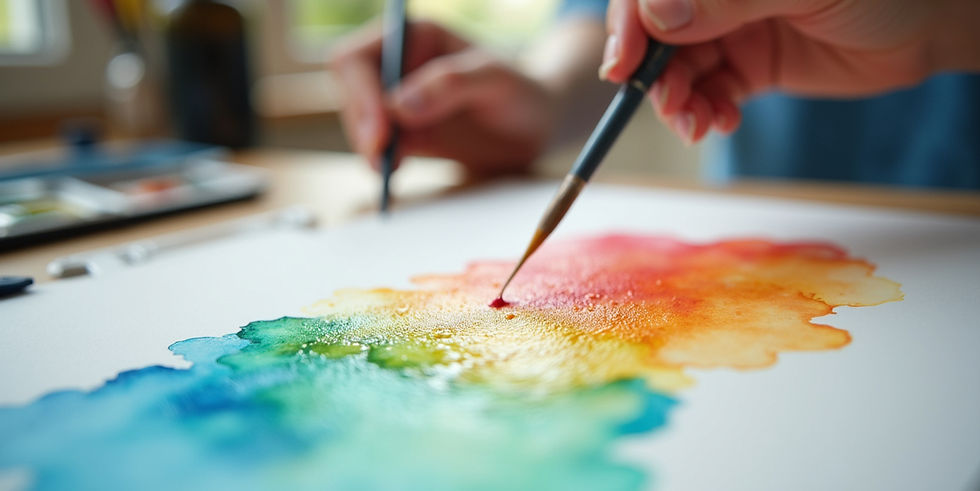
Are you an artist who loves watercolor painting? Have you ever thought about selling your artwork as print-on-demand items? You’re in the right place! This guide will help you turn your beautiful watercolor paintings into sources of income using Canva and Printful. By following these steps, you can create your unique products without the hassle of inventory.
In this guide, you'll learn how to set up your print-on-demand business and find resources for enhancing your artistic skills. Let's jump right into the process!
Understanding Print-on-Demand (POD)
Let’s start by clarifying what print-on-demand is. Print-on-demand allows you to sell customized products without needing to invest in large stock. Instead, items are printed only after a customer places an order. This means you can offer a variety of products, like art prints, clothing, and tote bags, without the costs of storing unsold inventory.
For instance, you can present your watercolor designs on products offered by Printful. (I've shared some of what they offer above.) They handle everything from printing to shipping, making it easy for you to focus on your art. Did you know that POD has seen a 25% annual growth rate over the last five years? This model is definitely gaining popularity among artists! Use my link to get started with Printful. (This supports my work and the educational materials I provide, at no cost to you.)
Getting Started with Canva
Step 1: Set Up Your Free Canva Account
If you haven't already, create a free Canva account. Canva is a simple graphic design tool that streamlines the design process. Once registered, take a moment to explore the interface, noting the options available to you.
Step 2: Create Your Design Template
Create a design template that fits the products you want to make. For canvas prints, a recommended size is 16x20 inches. To set this up, search for “custom dimensions” in Canva and enter your desired sizes.
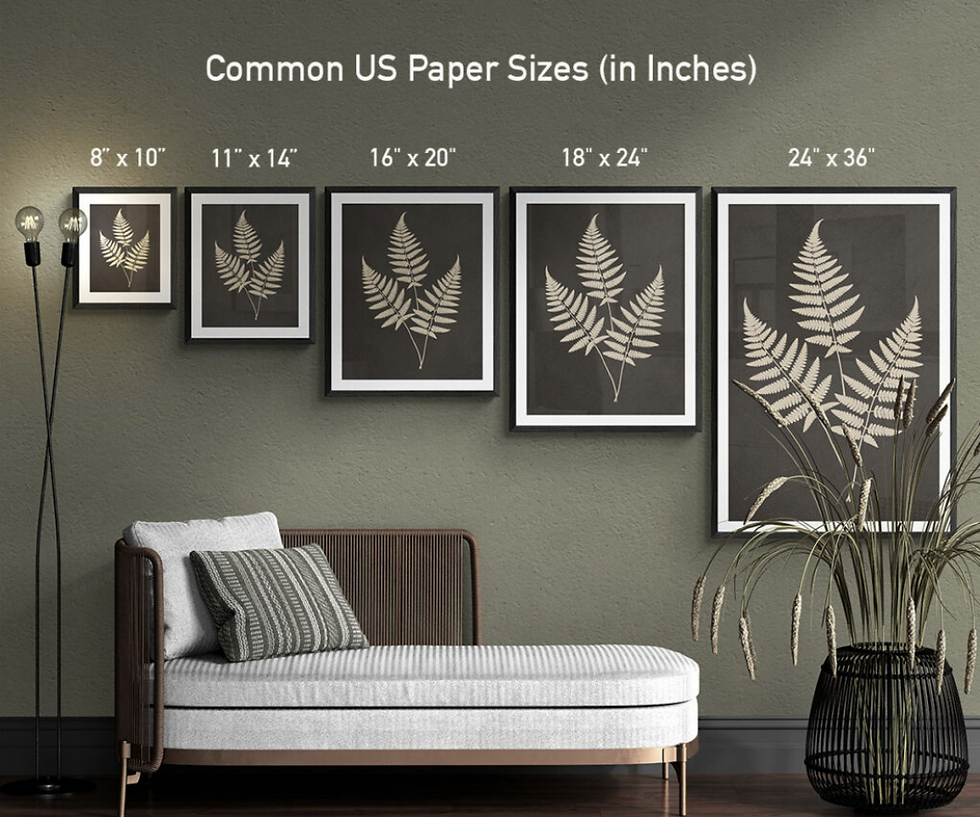
Step 3: Upload Your Watercolor Art
Upload your completed watercolor paintings onto Canva. Click on the ‘Uploads’ tab, then drag your artwork onto the canvas. You can resize and reposition it to ensure it looks attractive and conveys emotions effectively.
Moving to Printful
Step 4: Create a Free Printful Account
With your design ready, head over to Printful and set up your account. Printful takes care of the printing, packing, and shipping. They also provide a range of products you can personalize with your artwork.
Step 5: Connect Canva to Printful
Link your Canva account with Printful. This can typically be done by following the instructions in Printful's dashboard under the ‘Integrations’ tab. Once connected, transferring your designs becomes a breeze. OR you can save your images from canva to your device and upload them to Printful yourself (this may take longer).
Step 6: Choose Your Products
Printful offers a wide variety of products that can showcase your artwork effectively. Here are some categories to consider:
Prints: High-quality prints of your artwork that can be framed and displayed.
Apparel: Clothing items such as t-shirts, hoodies, and leggings that feature your designs.
Accessories: Items like tote bags, phone cases, and hats that can carry your artwork.
Creating Listings
Step 7: Upload Your Design to Printful
After selecting your products, upload your Canva design to Printful. Adhere to their file specifications to guarantee your artwork prints clearly. For instance, images should be at least 300 DPI for the best quality.
Step 8: Fill Out Product Details
While setting up each product, include engaging titles, detailed descriptions, and competitive pricing. Use key terms such as “watercolor,” “original art,” or “gift ideas” to enhance search visibility. Research suggests that products with optimized listings can see up to a 40% increase in sales.
Step 9: Sync with Your Online Store
Printful seamlessly syncs with platforms like Shopify, Etsy, and Wix. If you want an easy-to-use platform, check out Wix. Their templates make setting up a store straightforward, allowing you to focus on your art.

Marketing and Selling Your Products
Step 10: Promote Your Art
Now that your products are live, it’s time to promote them! Share your art on social media and consider starting an email newsletter. As an added incentive, offer a free resource—like a watercolor tutorial—to encourage newsletter sign-ups. Building your audience will help drive sales.
Step 11: Utilize Affiliate Links for Extra Income
Consider using affiliate links to enhance your earnings. If you use art supplies or tools you found helpful, share those links in your posts. For example, you can earn commissions when someone purchases through your Amazon links for watercolor supplies.
Final Thoughts
Transforming your watercolor paintings into profitable print-on-demand products is achievable. Canva and Printful make the process smooth, allowing you to focus on creating art.
This guide provides a solid foundation, but there’s much more to explore in the world of print-on-demand. If you want to elevate your skills, keep an eye out for my upcoming online courses this summer, and don't forget to check out my watercolor painting classes.
By subscribing to my mailing list, you’ll receive exclusive updates, helpful tips, and resources designed to help you succeed as an artist. It’s an exciting time to turn your passion into a business, so don’t hesitate—get started today, and I hope to see your stunning watercolor creations out in the world!













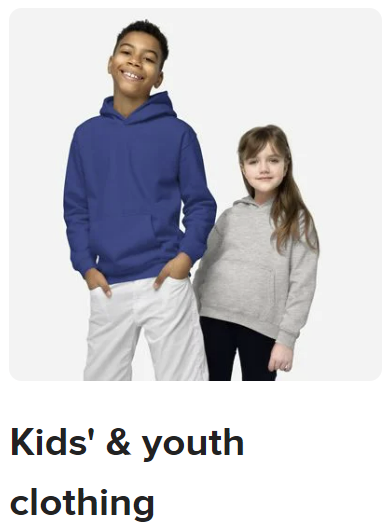
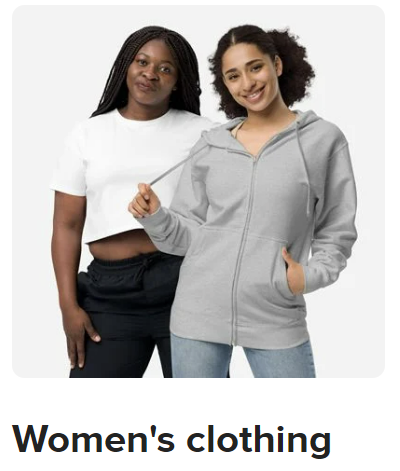


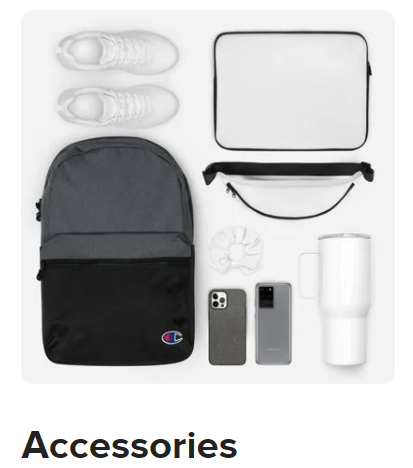








Comments